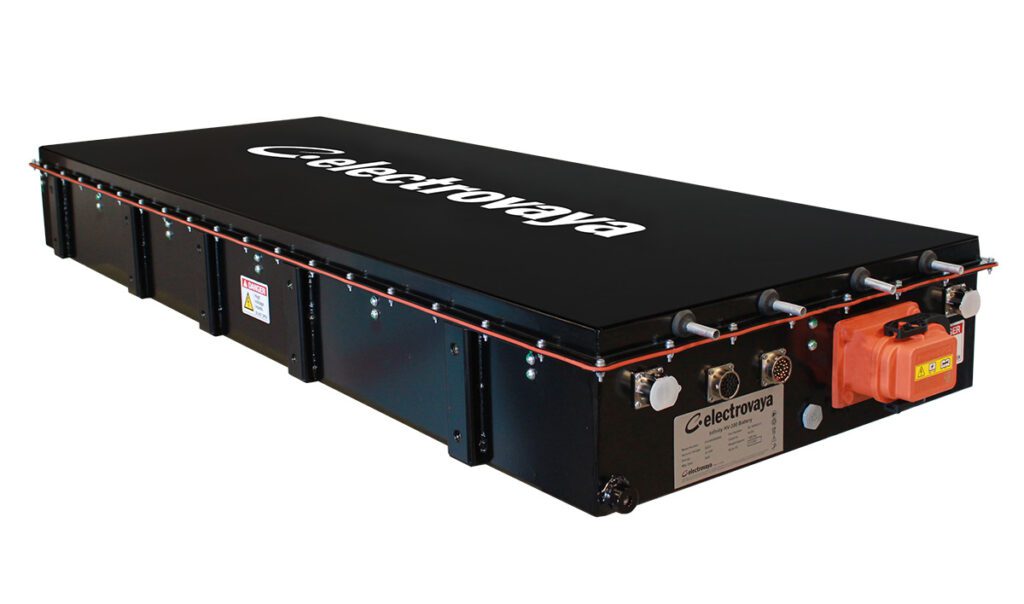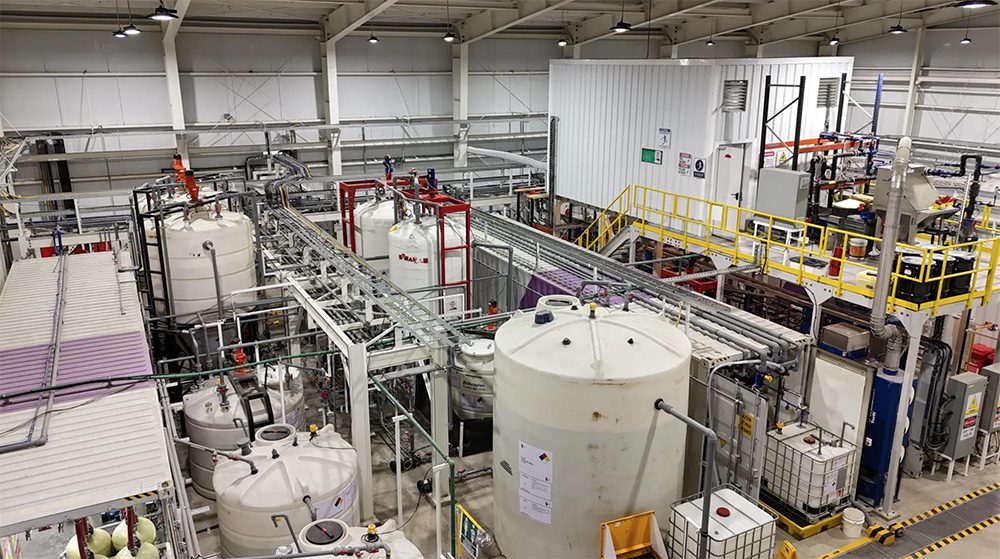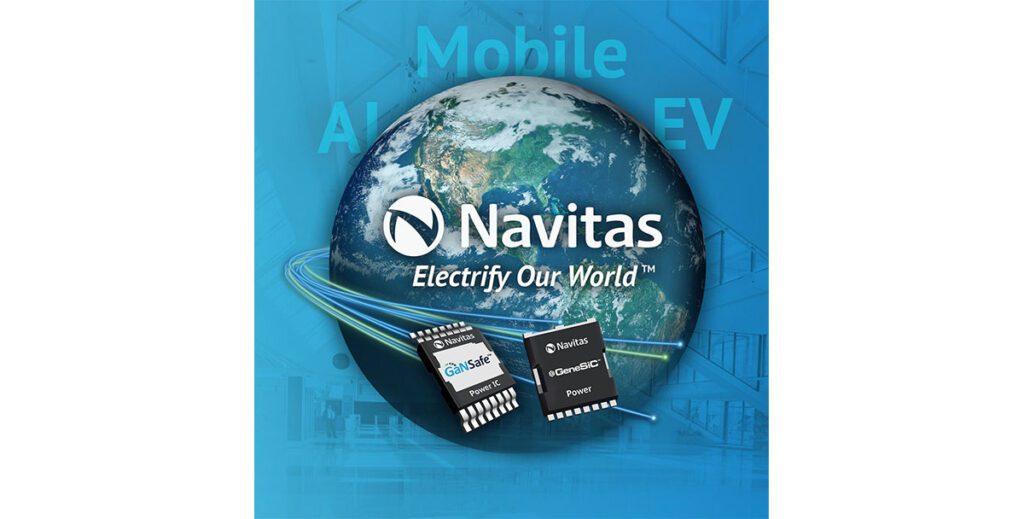Larger figure
Researchers from South Korea’s Ulsan National Institute of Science and Technology (UNIST) and Stanford University have demonstrated the feasibility of a hybrid anode for Li-ion batteries using silicon-nanolayer-embedded graphite/carbon.
In “Scalable synthesis of silicon-nanolayer-embedded graphite for high-energy lithium-ion batteries,” published in Nature Energy, Minseong Ko and colleagues explain that this architecture allows compatibility between silicon and natural graphite, and addresses the issues of side reactions caused by the structural failure of crumbled graphite dust and uncombined residue of silicon particles caused by conventional mechanical milling.
The new material shows a high first-cycle Coulombic efficiency (92%) and a rapid increase of Coulombic efficiency to 99.5% after only 6 cycles, with a capacity retention of 96% after 100 cycles.
A full cell using LiCoO2 has demonstrated a higher energy density (1,043 Wh l-1) than with standard commercial graphite electrodes.
The researchers prepared the Si-nanolayer-embedded-graphite/carbon hybrids using a chemical vapor deposition process with a scalable furnace. This design has been demonstrated to produce 5 kg per batch using a small amount of silane gas (SiH4), and uniformly distributes silicon nanolayers on graphite powder.
Source: UNIST via Green Car Congress

















































































